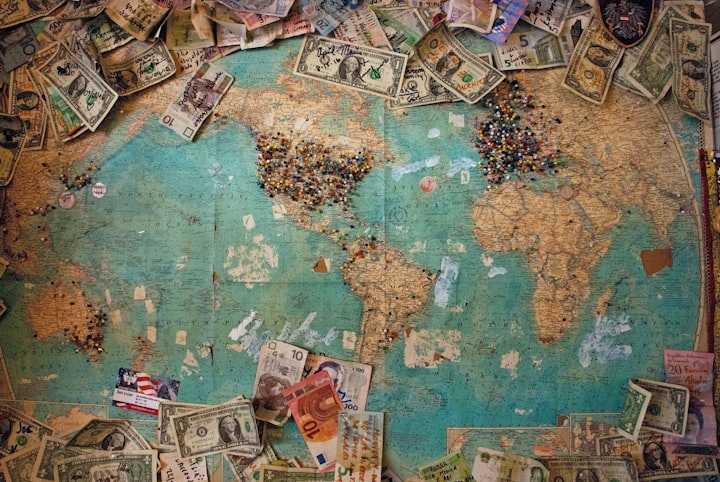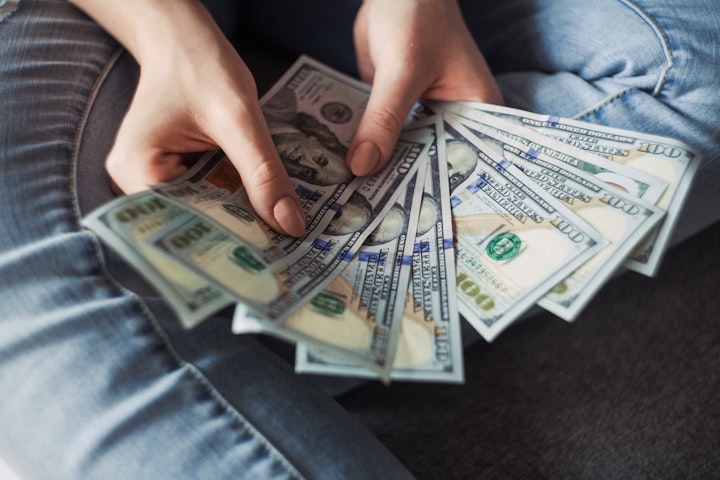
Money is an integral part of our lives, but have you ever stopped to think about where it all began? From the early days of bartering to the latest digital payment systems, the history of money is a fascinating story of innovation and adaptation.
The Beginnings of Bartering
Long before the concept of money existed, people traded goods and services through a system of bartering. This was a simple exchange of goods or services, where one party would offer something they had in exchange for something they wanted.
Bartering was not without its challenges. It was difficult to measure the value of goods and services, which often led to disputes and disagreements. This led to the development of currencies, which were used to standardize the value of goods and services.
The First Currencies
The first currencies were not coins or paper money, but rather objects of value such as shells, beads, and precious stones. These objects were used as a medium of exchange and were often considered a store of value.
As trade became more complex, people needed a more standardized currency system. The first coins were minted in ancient Greece around 600 BCE. These coins were made of gold, silver, and bronze and were stamped with the image of a ruler or deity.
Over time, coins became more sophisticated, with different denominations and designs. Paper money was also introduced in China during the Tang Dynasty, around 600 CE. This early form of paper money was used to help merchants and traders avoid the weight and inconvenience of carrying large amounts of coins.
The Rise of Banking and Financial Systems
As trade and commerce grew, so did the need for banking and financial systems. The first banks were established in ancient Greece and Rome, where they were used to store and lend money.
In the Middle Ages, banks became more sophisticated, with the introduction of double-entry bookkeeping and other accounting methods. Banks also began issuing paper currency, which was backed by gold or silver reserves.
The Industrial Revolution brought about significant changes to the banking and financial systems. New technologies such as the telegraph and steam engine made it easier to conduct business over long distances, and new financial instruments such as stocks and bonds were introduced.
The Birth of Modern Banking
The modern banking system we know today was born in the 20th century. Central banks were established to oversee the monetary systems of countries, and commercial banks began offering a wide range of services, including loans, credit cards, and savings accounts.
The introduction of the internet and digital technologies has revolutionized the banking industry in recent years. Today, it is possible to conduct financial transactions online, from anywhere in the world. Mobile payments, digital wallets, and cryptocurrency are just a few examples of the latest developments in the world of finance.
The Future of Money
As technology continues to evolve, so too does the way we think about money. The rise of cryptocurrency and blockchain technology is just one example of how new technologies are transforming the financial world.
In the future, we may see a cashless society where all financial transactions are conducted electronically. The concept of money may also change, with new forms of currency emerging that are not tied to traditional currencies or backed by central banks.
Conclusion
The history of money is a rich and fascinating story that spans thousands of years. From the early days of bartering to the latest digital payment systems, the evolution of currency and financial systems reflects the changing needs of society and the advancements of technology.
As we move towards a future where technology continues to play an increasingly important role in our lives, it is likely that the way we think about money will continue to evolve. Whatever the future holds, one thing is certain – money will continue to be a central part of our lives, facilitating the exchange of goods and services and helping to drive economic growth and prosperity. By understanding the history of money, we can gain a better appreciation for its importance and the role it plays in shaping the world around us. Whether it's coins, paper money, or digital payments, money has been an essential part of human civilization for thousands of years and will continue to be for many years to come.






Comments
There are no comments for this story
Be the first to respond and start the conversation.